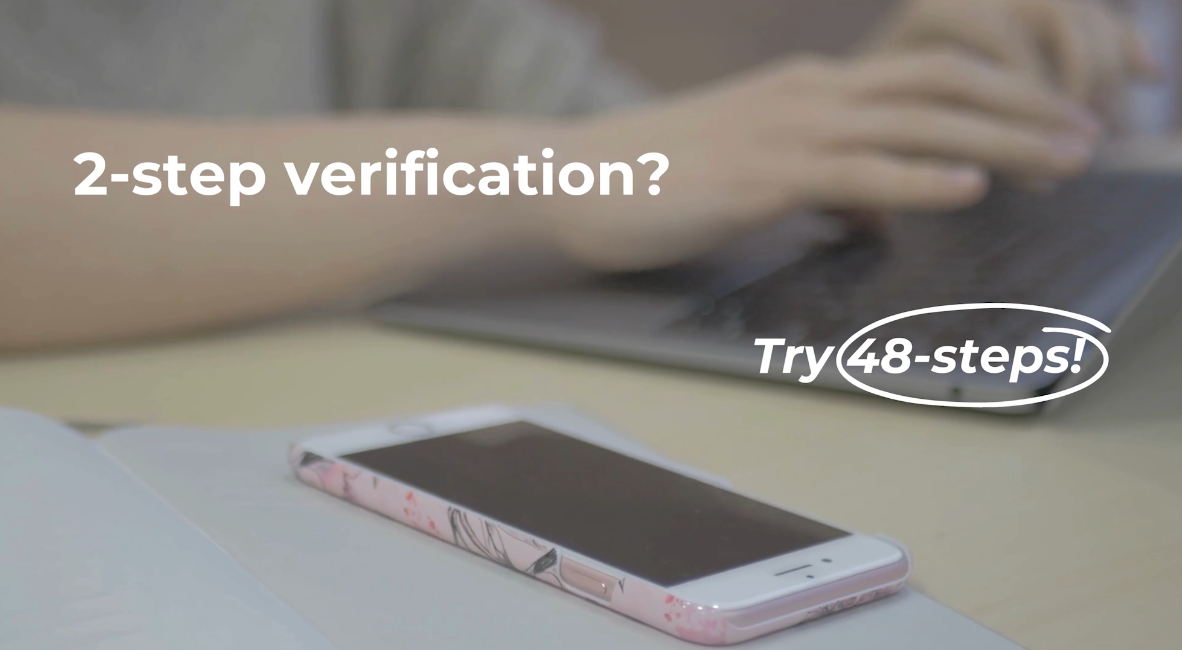
Get the Facts About Election Security
Security is layered into every aspect of Contra Costa County’s elections and officials take many steps – 48 steps to be exact – to protect elections.
We guarantee election security in four ways – by securing technology, processes, facilities and people.
Click on the topics below to get clear and accurate information in response to some of the most common questions about election security.
Don’t see what you’re looking for? Email the Contra Costa County Elections Division or call (925) 335-7800.
-
No, voting system software and voting equipment are NOT connected to the internet. Security is layered into every aspect of Contra Costa County’s elections and officials take many steps to secure technology so it can’t be manipulated, including:
• Voting systems are tested multiple times before each election to ensure accuracy (Logic and Accuracy testing)
• Stand-alone voting system and tabulators are never connected to the internet, nor do they have modems or hardware in them that could be remotely "activated”
• The voting system is physically restricted under lock and key and only authorized personnel are allowed access
• Locked USB ports prevent unauthorized access
• Layers of cybersecurity measures (multifactor authentication, password policy, staff training) are in place
• Limited access to key assets by designated staff
• Network hardening with vulnerability testing
• Constant and comprehensive scanning for cyber hygiene and penetration testing
• Firewalls, network segmentation, active monitoring with intercept software
• Robust backup and patching protocol
• Strict physical security and chain of custody protocols for all voting technology software, firmware and hardware
• The trusted build of system (the certified version of the software and firmware) is reinstalled before each election
Click to learn more about Election Security Safeguards: 48 steps to ensure election security.
-
No, it’s nearly impossible for someone who shouldn’t have access to gain access to ballots or voting software. Security is layered into every aspect of Contra Costa County’s elections and officials take many steps to secure facilities, including:
• Regular facilities security assessments
• Limited access to high-security areas by designated staff
• 24/7 video surveillance and alarms
• ID badges, key card access and logs
• Emergency and disaster planning to preserve ballots
Click to learn more about Election Security Safeguards: 48 steps to ensure election security.
-
All staff go through comprehensive background checks before being hired and are properly trained and supervised to protect the security of ballots and voting equipment. Security is layered into every aspect of Contra Costa County’s elections and officials take many steps to secure people, including:
• Proactive security culture
• Background checks
• Oath of allegiance
• Training and supervision
• Photo ID badges
• Strict chain of custody protocols
• Two people with ballots and voting equipment at all times
• Observers supervised and escorted at all times
Click to learn more about Election Security Safeguards: 48 steps to ensure election security.
-
All elections staff are rigorously trained to uphold the highest standards of integrity and security of elections. Security is layered into every aspect of Contra Costa County’s elections and officials take many steps to secure processes, including:
• Adherence to the California Elections Code, administrative regulations and local ordinances
• Strict chain of custody protocols and accountability forms
• Two people with ballots and voting equipment at all times
• Ballot inventory controls
• Robust staff and poll worker training
• Testing and compliance auditing of voting systems
• Preservation of logs and ballots
Click to learn more about Election Security Safeguards: 48 steps to ensure election security.
-
No all election processes and procedures are open for public observation. Anyone is welcome to observe and ask questions at the Elections Office and/or Election Operations Center Monday – Friday, 8 a.m. – 5 p.m. People can observe the preparation of tabulating devices, vote by mail processes, central count and election night, canvass procedures, and 1% manual tally.
The public is also invited to apply for the Certified Election Observer Program, which gives “behind-the-scenes” access to the election process to see the many steps the county takes to ensure transparency and integrity. Held in advance of every election, participants attend a series of classes and tours to observe processes.
-
No, observers and election officials are prohibited by state law from interfering with the election process such as collecting private voter information, violating ballot secrecy, campaigning, or other interference. If you feel that you have been a victim of voter intimidation or have witnessed suspicious behavior, report it to an election official or click to report to the California Secretary of State.





